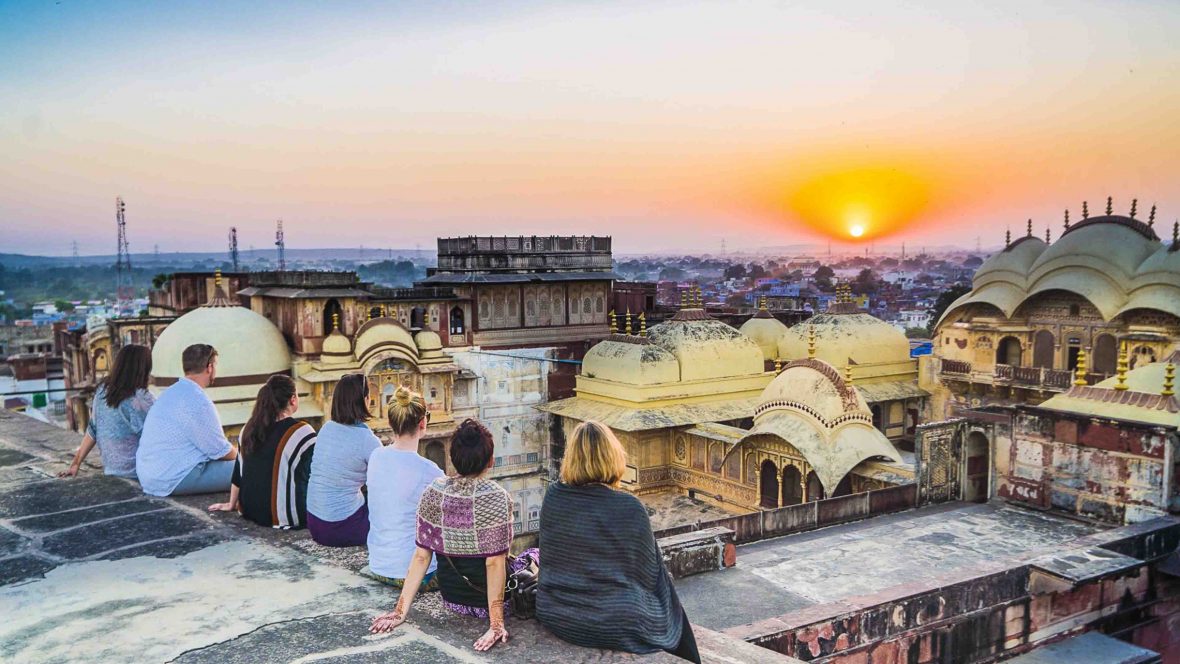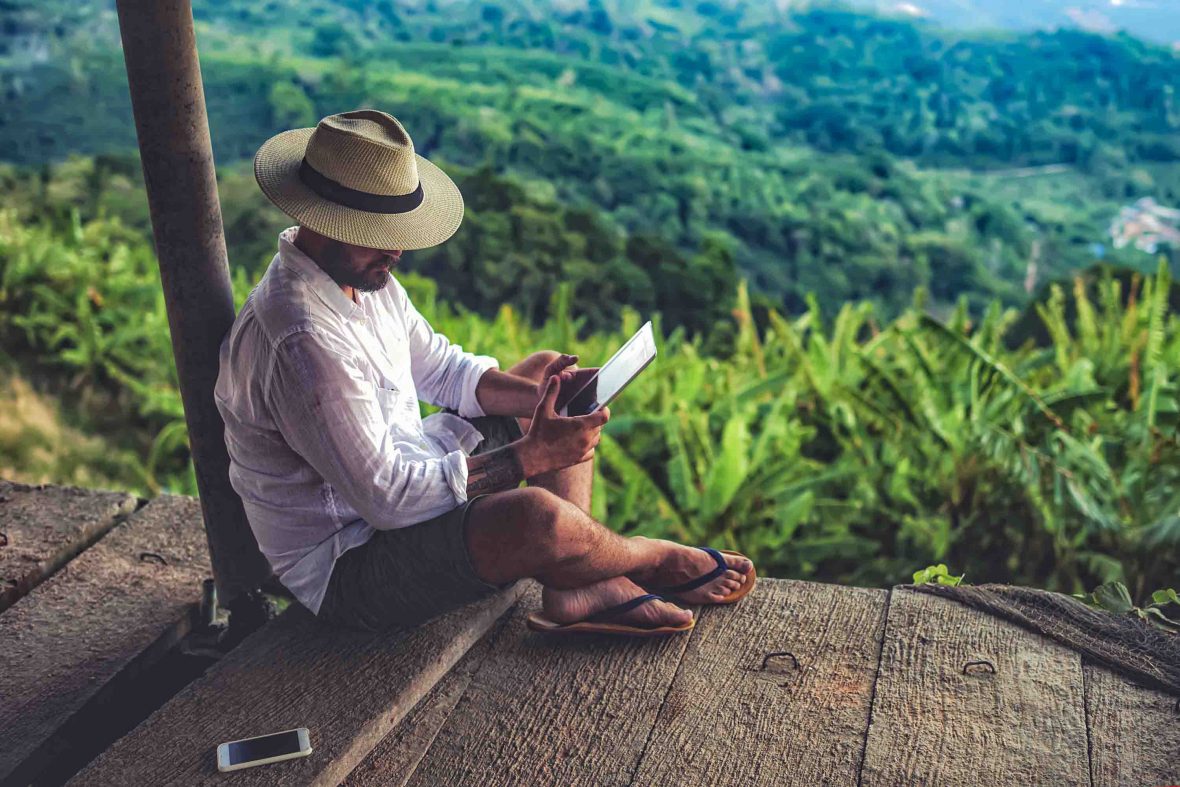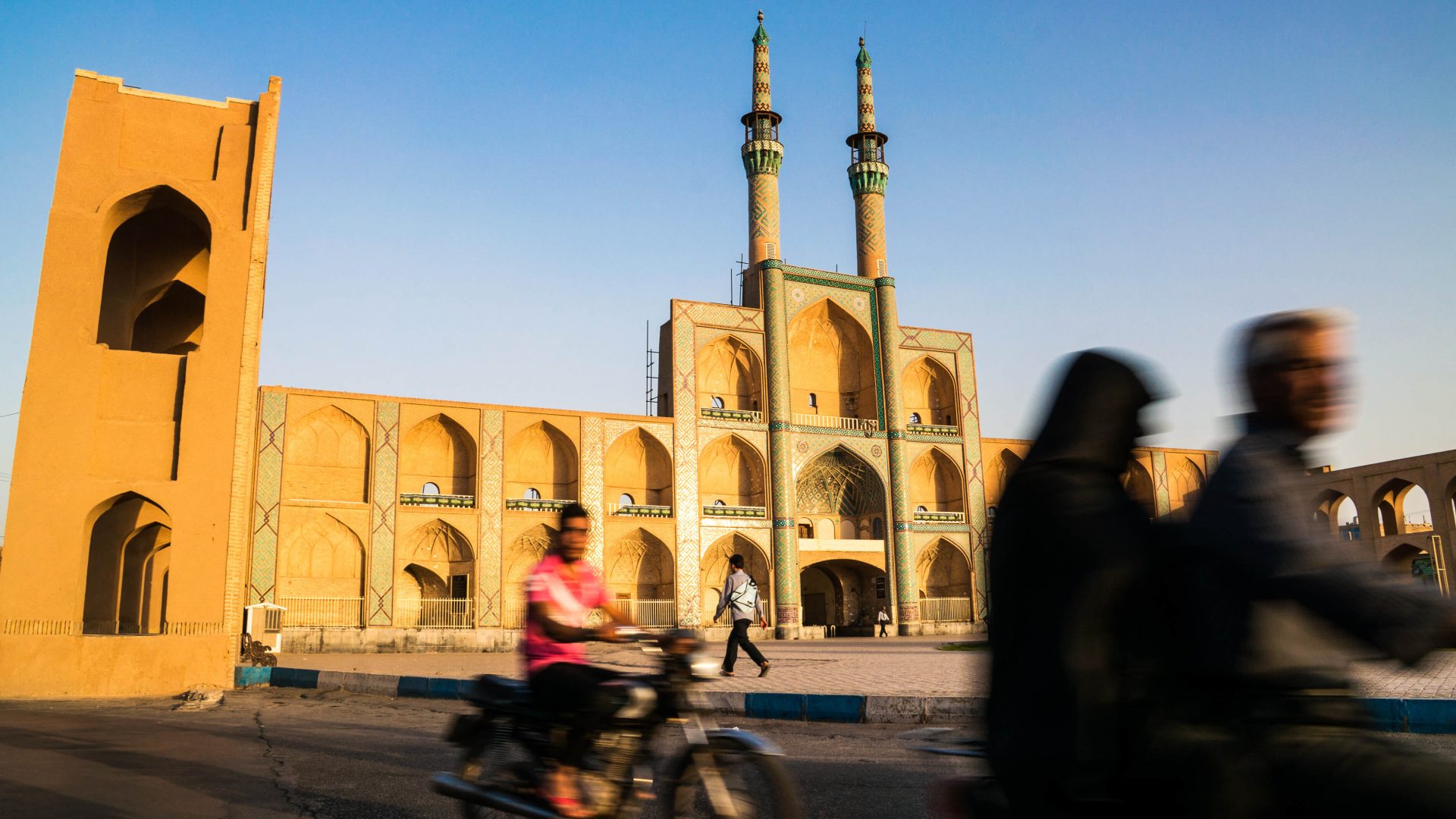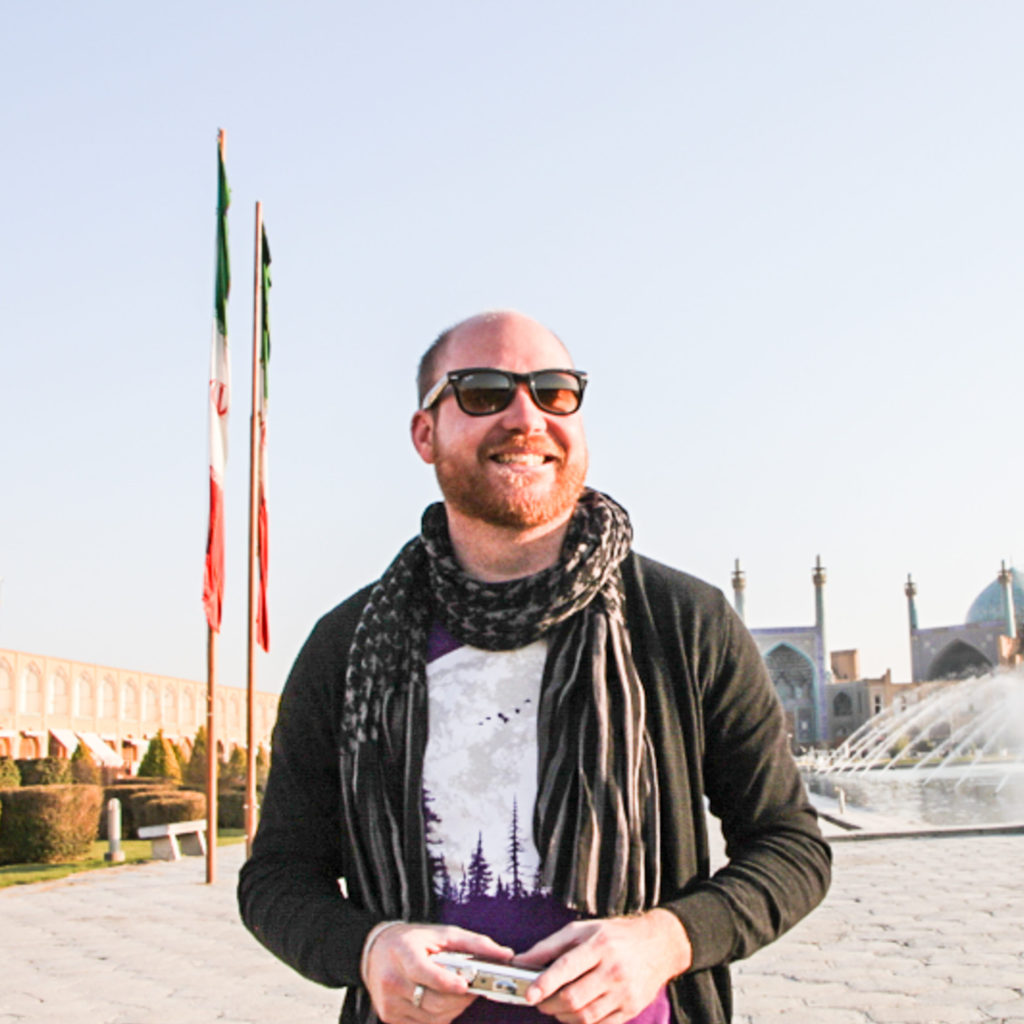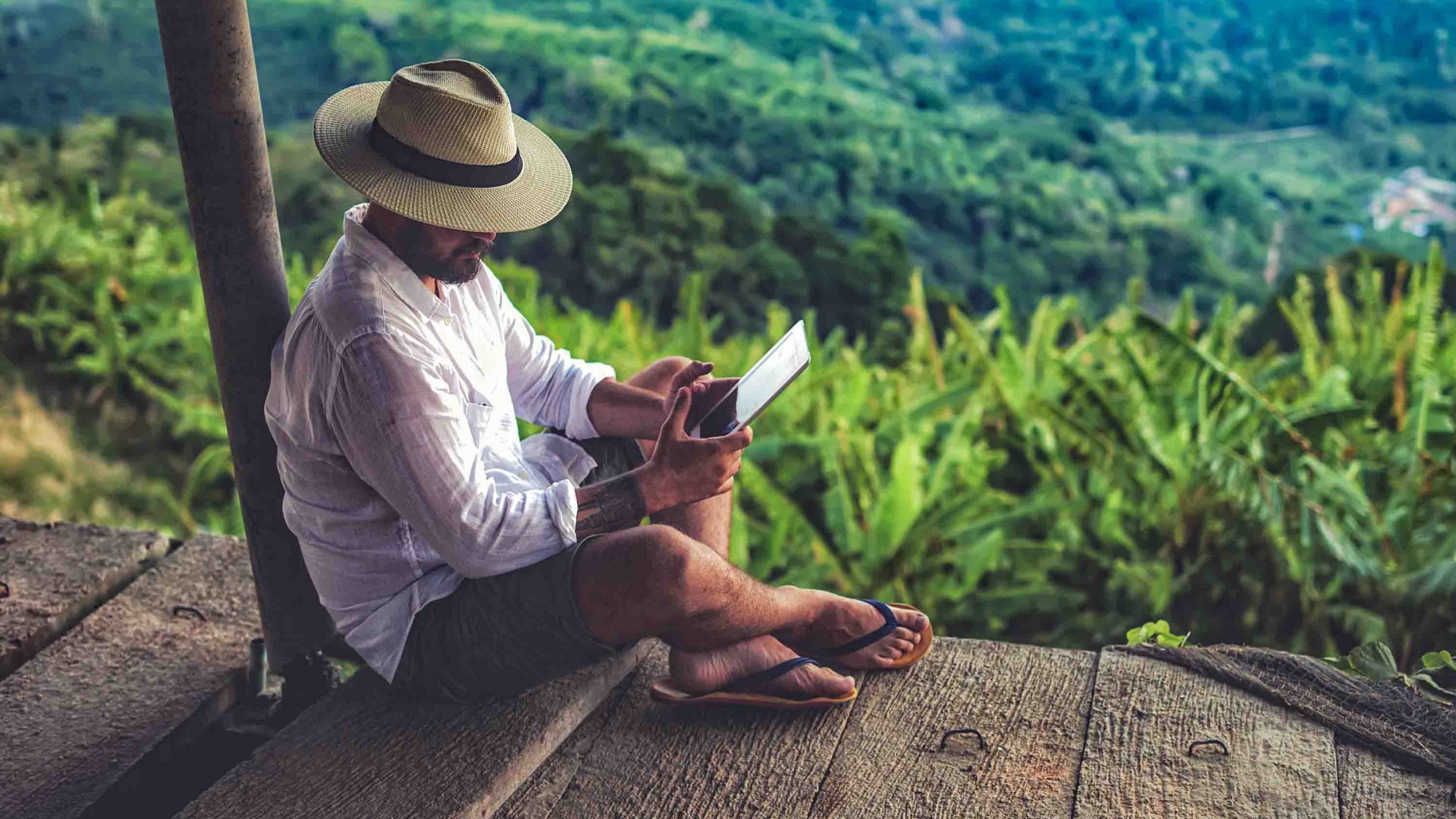
Does taking time away from your devices when traveling open you up to more authentic experiences? Will a digital detox trip change your habits after you’ve returned home? Or is the whole thing a waste of time? We take a look.
When I arrived in Istanbul in 2013, the second thing I did was buy a SIM card and chuck it into my phone. I didn’t think twice about it. (The first thing I did was get a kebab).
With all the knowledge in the world at my fingertips, I kept up with where I was as I traveled around Turkey. I researched things to do, eat and see; sent and replied to work emails; and posted photos to Facebook and Instagram. Having access to all that information kept me well and truly connected, but it also, possibly, meant I wasn’t fully engaging with the people and places I encountered along the way. After all, who needs to ask a local for directions when you have Google Maps?
Related: This man can help you plan your own epic expeditions
When it comes to just how much of our waking lives is now spent staring into some form of device, it could be argued that we’re starting to resemble the beginnings of some kind of Orwellian-themed dystopian horror flick that doesn’t end particularly well. But that alone doesn’t seem enough for us to commit to cutting down.
According to a study conducted by IAB Australia, mobile usage is continuing its rapid upward trajectory. And it’s not just Australians—the same report found that the average American spends 2.8 hours a day on a mobile device. Being ‘connected’, whether we like it or not, has become the norm. But should it be the norm when we’re traveling?


